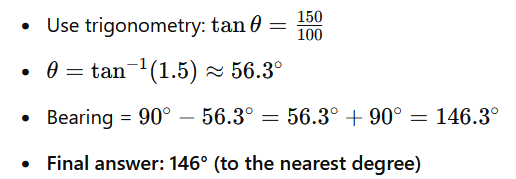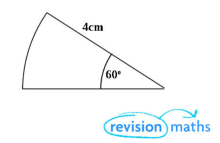Geometry and Measures GCSE Maths Quiz
Test your knowledge of the Maths Topic: Geometry and Measures, with this quiz.
This quiz consists of 15 questions, including multiple-choice and short-answer questions on the topic of Geometry and Measures for GCSE Maths.
For multiple-choice questions, choose the correct answer. Scroll down to begin the quiz.
Questions
A ship sails on a bearing of 120°. What direction is this relative to north?
Incorrect
Incorrect
Correct
Incorrect
Which of the following is the correct order of rotational symmetry for a regular pentagon?
Incorrect
Correct
Incorrect
Incorrect
A straight line cuts through two parallel lines, forming alternate angles. What is another name for alternate angles?
Correct
Incorrect
Incorrect
Incorrect
How many Vertices does a cuboid have?
Incorrect
Incorrect
Correct
Incorrect
Which of the following is always true about a rhombus?
Incorrect
Correct
Incorrect
Incorrect
Draw the locus of points 3 cm from a given point. What shape does it form?
A circle with a radius of 3 cm centred at the given point.
Two interior angles of a triangle are 65° and 75°. Find the third angle.
Sum of interior angles in a triangle = 180°
Third angle = 180 − (65 + 75)= 40∘
A cube has a volume of 125 cm³. Find the length of one edge.
Find the area of a trapezium with bases 8cm and 12cm, and a height of 5cm.
Area = ½ x (Base₁ + Base₂) x Height
½ x (8 x 12) x 5 = ½ x 20 x 5 = 50cm²
A cylinder has a radius of 7cm and a height of 10cm. Find its volume. (Use π = 3.14 for calculations).
Volume = πr²h
3.14 x 7² x 10 = 3.14 x 49 x 10 = 1538.6cm³
A quadrilateral has angles of 85°, 95°, and 110°. Find the missing angle.
Sum of interior angles in a quadrilateral = 360°
Missing angle = 360 – (85 + 95 + 110) = 70°
A scale drawing is made using a scale of 1:50. If a real-life object is 4 metres long, how long is ot on the drawing?
Convert metres into centimetres: 4m = 400cm
Scale drawing length = 400/50 = 8cm
A plane flies 100 km due north and then 150 km due east. What is the bearing from its starting position to its final position?

Describe the difference between congruent and similar shapes.
Congruent shapes are identical in size and shape.
Similar shapes have the same shape but different sizes (proportional).

